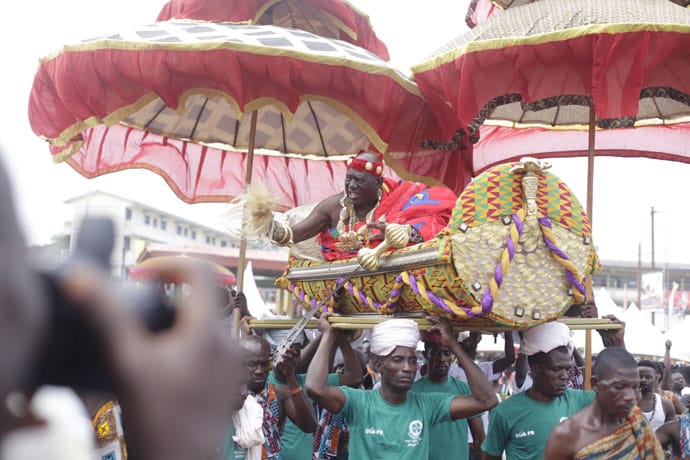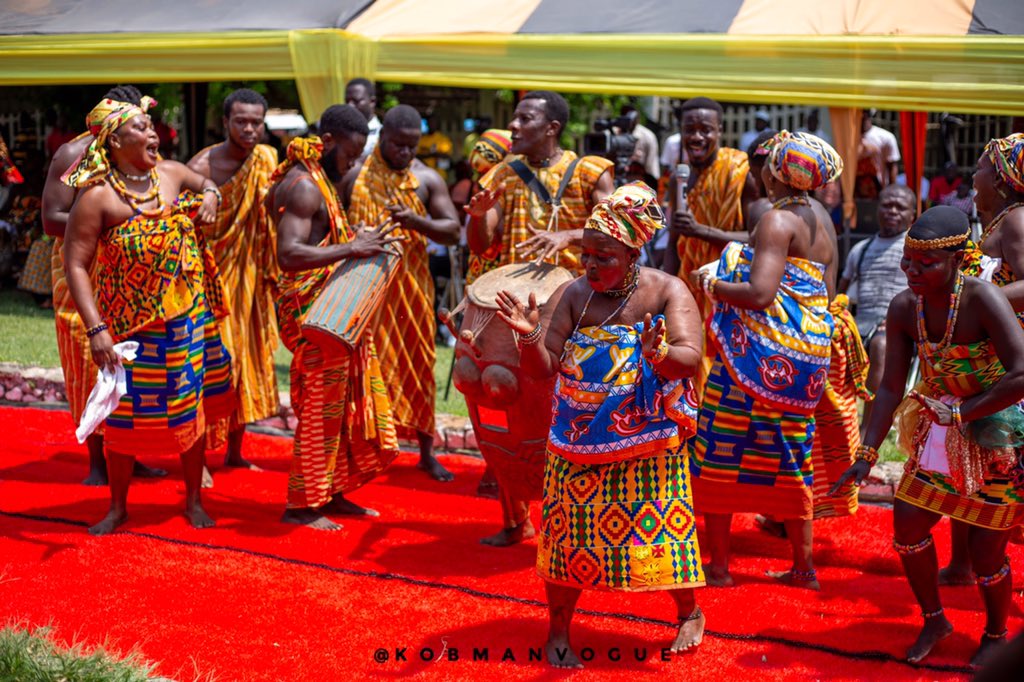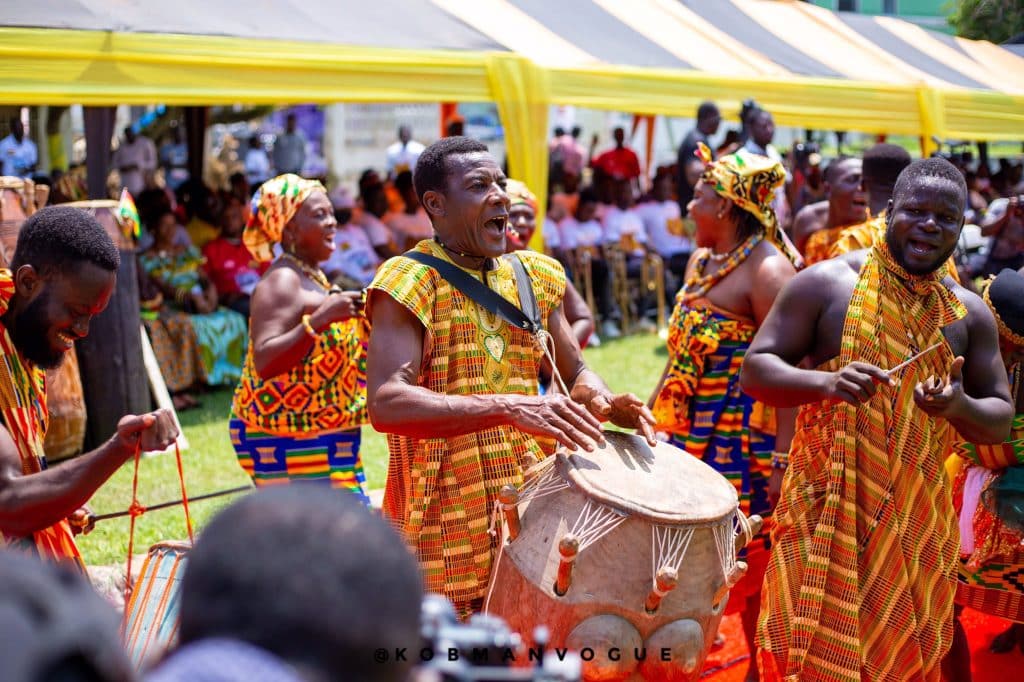Fetu Afahye is celebrated every year by the chiefs and people of Cape Coast in the Central region of Ghana. This festival takes place on the first Saturday of September and is specifically celebrated by the Oguaa people of Cape Coast.
The Fetu Afahye has historical roots, as it commemorates a past outbreak of disease that devastated the people of Cape Coast, causing many deaths. In response, the people of Cape Coast prayed to their gods for assistance in eradicating the disease. Their prayers were answered, and the town was ultimately saved from the epidemic. Today, the Fetu Afahye festival is celebrated annually by the Oguaa people as a way to honor the gods for their intervention and to keep the town clean, in order to prevent another outbreak of disease from befalling the community.

During the festival, the people of Cape Coast participate in various cultural activities, including lively music and dance performances, colorful processions, and other forms of entertainment.
History
According to historical records, the festival originated from a time when Cape Coast was plagued by a devastating disease. In response, the people of Cape Coast prayed to their gods for help in eliminating the disease. It is believed that with the help of their gods, the inhabitants of Cape Coast and its environs were able to eradicate the plague, and as such, the festival was named “Fetu,” which means “doing away with dirt.”
Apart from commemorating the eradication of the disease, the Fetu Afahye festival is also observed to celebrate a bountiful harvest from the sea and to perform rituals in honor of the 77 gods of Oguaa Traditional Area.
In the past, the festival was banned by the colonial administration of the country, specifically Cape Coast, and was referred to as “Black Christmas,” which was intended to portray it as a negative traditional phenomenon. However, the Omanhen, who was the paramount chief of Cape Coast at the time, known as Osabarimba Kodwo Mbra V, and Okyeame Ekow Atta, the chief linguist, disputed this claim as false. After a religious struggle by various influential personalities in the Oguaa Traditional Area, the festival eventually resumed in 1948 and has been celebrated annually ever since.
Today, the Fetu Afahye festival serves as a calendar for the farming seasons of the Oguaa Traditional Area, and this phenomenon is also referred to as “Afehyia,” which means “a loop of seasons.” During the festival, the people and chiefs of Cape Coast engage in various cultural activities, including music and dance performances, processions, and other forms of entertainment.
Celebration
The festival preparations in Oguaa Traditional Area begin in the last week of August, and the actual festival occurs on the first Saturday of September. Before the festival, drumming and fishing in Fosu Lagoon are banned, and the Omanhen is confined for a week to meditate, seek wisdom from the creator and ancestors, and receive medical attention. The Omanhen appears in public after the confinement to pour libation seeking blessing from the 77 gods of Oguaa state. The custodians of Fosu Lagoon pour libation at the estuary to call for a plumper harvest of fish and crops and prosperity.

The “Amuntumadeze” or health day is observed to clean the environment, clear waste from choked gutters, and paint all buildings in the area to beautify it before the grand durbar of “Bakatue.” A vigil is observed at Fosu Lagoon near its shrine, where the spirits of ancestors are invoked to foretell the next year’s happenings.
A bull is needed to purify Oguaa Traditional Area, which is sent to Nana Tabir’s shrine to cleanse it for sacrifice on the ultimate day. On the climax day, the Omanhen sits in state with his sub-chiefs and divisional chiefs at Papratam, the silk cotton tree, where he addresses the people and visitors of Oguaa Traditional Area, recounting events of the past. After the state address, the Omanhen walks towards the entrance, flanked by his sub-chiefs and divisional chiefs to Tabir’s shrine, where he pours libation and performs various rituals, calling on the forefathers to intervene in Oguaa state. The Omanhen then slaughters the cow for the gods.
The Fetu festival reaches its climax on the first Saturday of September, with a unique and attentive audience for the procession of the Asafo Companies, which usually parade along the street of Cape Coast. A durbar of chiefs is held to deliberate on issues affecting Oguaa Traditional Area, and the day is marked by drumming, dancing, and pouring of libation to usher the state in peace.
READ NEXT ON: Hogbetsotso Festival






































